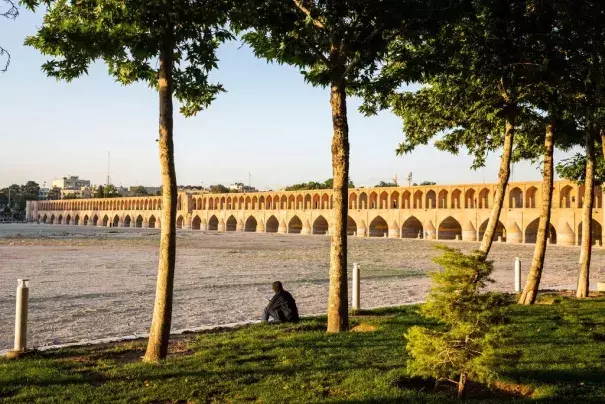In Iran, Some Are Chasing the Last Drops of Water

Climate Signals Summary: Decades of unsustainable political maneuvering, catalyzed by climate change, are coming to a head in southeastern Iran where, officials warn, water may completely run out in as little as three months. “We will see a humanitarian disaster,” warned 200 members of parliament in an open letter last week. Agriculture subsidies in areas like Sistan and Baluchistan province — where temperatures have hit nearly 110°F in recent days — have rewarded key constituencies for the regime but have also left those regions without diverse employment opportunities. Water shortages have contributed to social unrest, suppressed by state violence, across Iran in recent years that has broadened to general dissatisfaction with the government. Residents of Sistan and Baluchistan quickly joined anti-government protests last fall over the brutal murder of a young woman by the state's morality police and protests there outlasted those in other regions.
Full Story: New York Times $
Climate Signals background: Drought
Related Content



